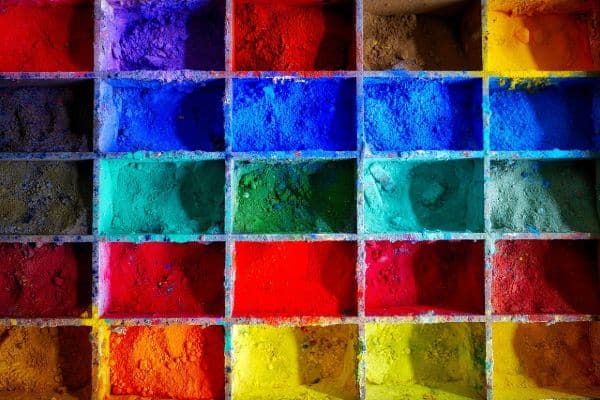There is a wide range of zirconium-based chemicals, used either for their intrinsic properties in diverse applications, or as intermediates for the manufacture of other derivatives of zirconium.
Zirconium oxychloride (ZOC) is the first chemical product derived from processing zircon sand by a variety of methods, generally involving caustic fusion, dissolution in hydrochloric acid and separation. ZOC is the starting point for the manufacture of all other zirconium chemicals or zirconium dioxides and can also be used directly in applications like TiO2 pigment coating.
Derivatives of ZOC include high purity and stabilised oxides and reactive salts such as zirconium basic sulphate (ZBS) and zircon basic carbonate (ZBC). ZBS and ZBC are used as intermediates for downstream aqueous zirconium chemicals as well as directly in certain applications. Aqueous zirconium chemicals straddle the pH range, increasing their versatility.
Acid Zirconium Sulphate Tetrahydrate (AZST) is used as a source of zirconium to coat TiO2 particles. Titanium Dioxide or TiO2 is the most widely used prime pigment in paints, coatings, plastics, paper and many other products. The addition of AZST enables the surface of the particle to reflect rather than absorb UV light which reduces the yellowing effect of sunlight. Typically, TiO2 provides opacity and whiteness to end products. Colourless zirconium species found in AZST are ideal for the tanning of white leathers.
Zirconium hydroxide (ZHO) is used as a precursor for manufacturing advanced zirconium dioxide powders.
Other zirconium chemicals include:

Zircon, also referred to as zirconium silicate (ZrSiO4), is a co-product from the harvesting and processing of ancient heavy mineral sand deposits. Found mainly in Australia and South Africa, zircon can be used either in its coarse sand form or milled to a fine powder. Its properties ensure that it is used in many everyday products, including ceramic tiles and medical implants, as well as having major industrial applications.
Zircon can be processed to create zirconia by melting the sand at very high temperatures to form molten zirconia, also known as zirconium oxide (ZrO2).
Zirconium, another derivative of zircon, is the chemical element Zr in the Periodic Table and takes the form of a silvery grey metal. As the 18th most abundant element in the earth’s crust, it commonly occurs in the mineral zircon in silicate form and, less frequently, in the mineral baddeleyite in oxide form.
Zircon has a theoretical content of 67% zirconia and 32% silica and it can typically contain a small percentage of hafnium in the range of 0.2 to 4%.
Zircon sand (zirconium silicate) is mined from mineral sand deposits.
Used mainly in the ceramics industry, zircon flour is manufactured by milling zircon sand.
Find out how zircon, used as an opacifier, provides high whiteness and brightness in ceramics.
There is a wide range of zirconium-based chemicals.
Zirconia, found naturally in baddeleyite, is also chemically derived from zirconium.
Zirconium, a silvery grey metal, is the chemical element Zr in the Periodic Table.
Zirconium sponge is used mainly in the nuclear industry.
A summary of the unique physical properties of zircon.